My Friend's AI Company Faces Bankruptcy Risk in Just 6 Months
-
The phrase 'pigs get slaughtered when the wind stops blowing' was a prediction for AI companies back in 2018.
In 2018, Kai-Fu Lee predicted that a large number of AI startups would soon 'die.'
However, what no one expected was that, starting from the end of 2022, AI began to surge forward at an unstoppable pace again. ..

The AI craze has reached unprecedented heights, with everyone fearing to miss out, resulting in a chaotic mix of genuine experts and opportunists flooding the industry.
Some pretend to be experts, selling various AI courses and making a fortune.
Those who once believed in Web 3.0 and the metaverse suddenly started sharing AI + metaverse projects in their social circles.
Even Kai-Fu Lee couldn't resist jumping into the large model trend, only to stumble along the way.

Under the hype, many seem to have forgotten that this thing was already marked as 'dead' in the last wave.
The more something is hyped and painted with a glorious future, the more bubbles are bound to burst beneath it.
Optimism and explosive growth often coincide with losses and collapses happening at the same frequency.
Coincidentally, Cha Ping Jun has a friend named Yang Zewei who entered the AI field this year and quickly experienced "death."
At 25 years old, Yang graduated from Beijing University of Technology in 2020 with a degree in Industrial Design and is an avid entrepreneurship enthusiast.
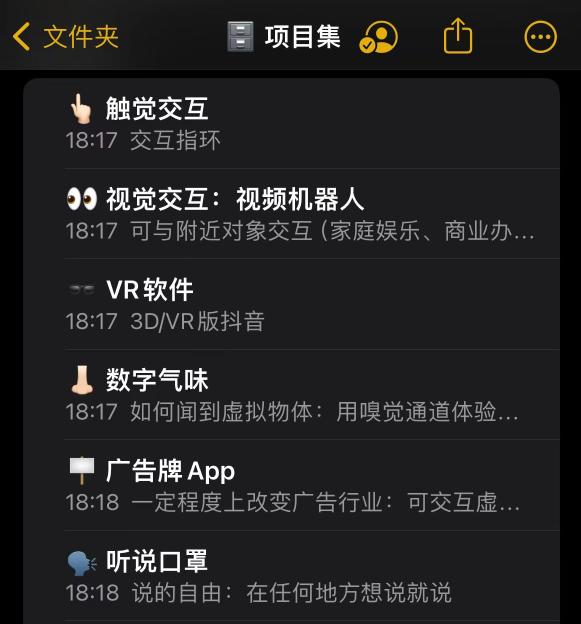
After just three months of working a job, he resolutely quit. In Shenzhen's Nanshan District, home to over 200 IPO companies, he rented a shared office space and began his entrepreneurial journey full of confidence.
He believes he can become China's Elon Musk. He idolizes this somewhat eccentric celebrity to such an extent that he even uses his idol's photo as his WeChat avatar.
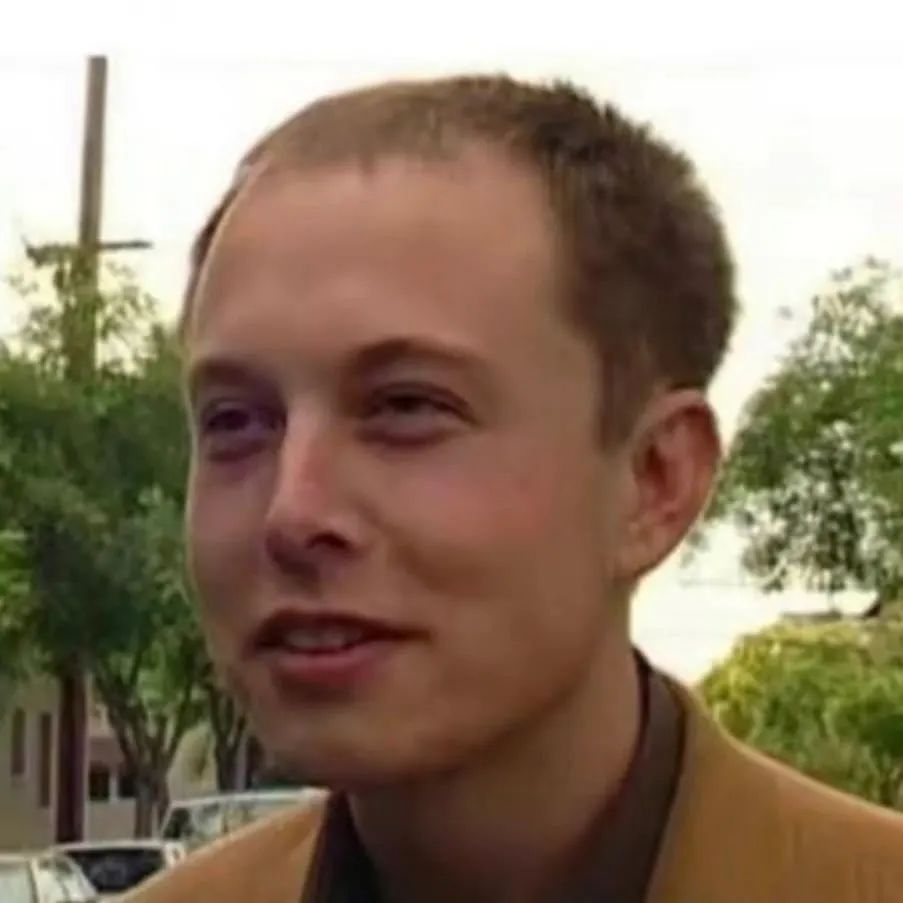
At the beginning of 2023, the official launch of GPT-4 pushed this AI frenzy to its peak.
It almost set Shenzhen, and even half of China, ablaze.
Among those ignited by the AI wave was Yang Zewei.
Even as a complete novice, he keenly sensed: AI is booming domestically, and success seems almost effortless.

Within just three days, he conceptualized this AI project, immediately recruited a partner, and registered a company.
After a few more days, two intern college student programmers were hired, responsible for frontend and backend respectively.
A makeshift team was just formed...
Among these 4 people, not a single one understood AI—even Yang Zewei, the initiator, had no prior knowledge of AI.
If anything, he had tried DALL·E 2 a few times when it launched—that was the extent of his understanding.

But he confidently told me that AI has no threshold.
His project isn't about large AI models, but rather a very small tool - a website that combines AI with design needs, specifically designed to help designers generate images.
You provide an image or input text requirements, and it outputs images that meet your needs.
During the recent AI boom, hundreds of similar applications have been developed and launched.
This isn't particularly difficult to achieve. Take Yang Zewei's project as an example—his website is primarily based on the Stable Diffusion and Midjourney models, tweaking them to be more beginner-friendly.
It's like comparing a DSLR camera to a smartphone. DSLRs are bulky and require extensive manual adjustments, while smartphones are simpler, more intuitive, and automatically adapt to various scenarios.
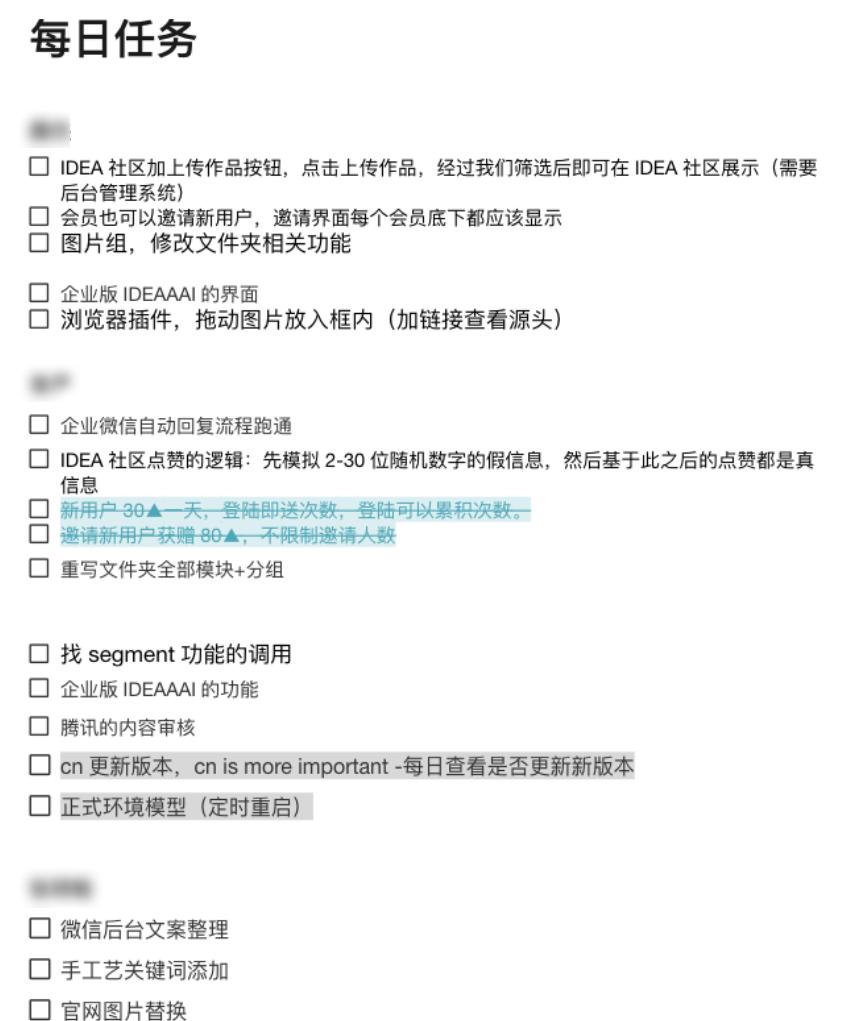
To explain in more detail, it involves filtering and annotating high-quality images to train a model that is more suitable for designers.
For example, if you want to generate chairs, they collect a set of high-quality chair images, label them properly, and let the model learn from them. This way, the chairs it generates will have better results.
At the same time, they also integrated some industry-specific models, fine-tuning the parameters through continuous testing to better match the aesthetic preferences of designers.
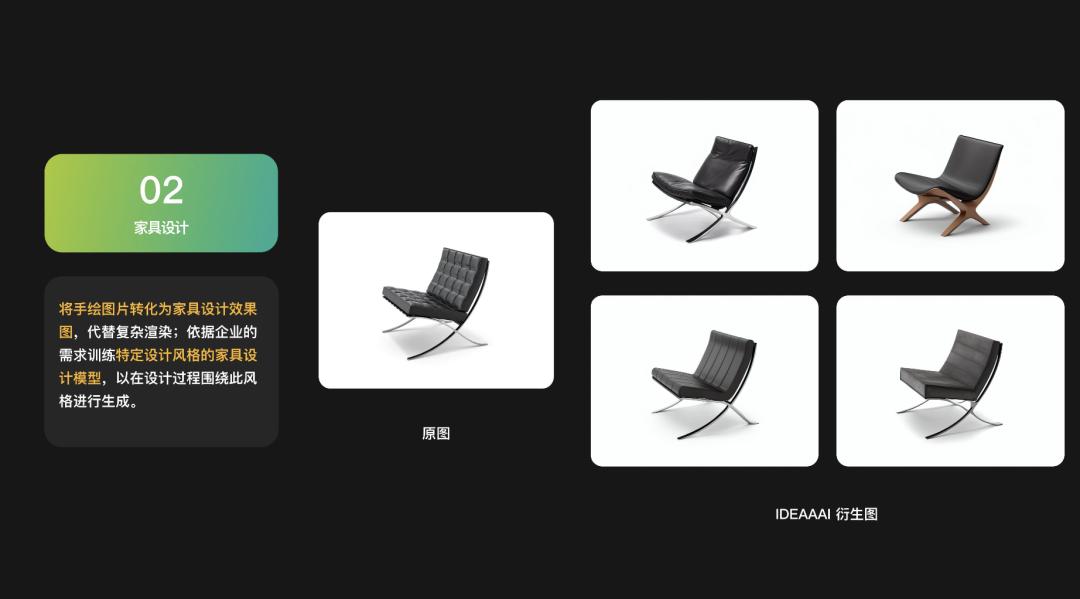
A team of 4 people completed the entire website development in just 3 months.
All the methods and tutorials are learned and extracted from free instructional videos on Bilibili on the spot.
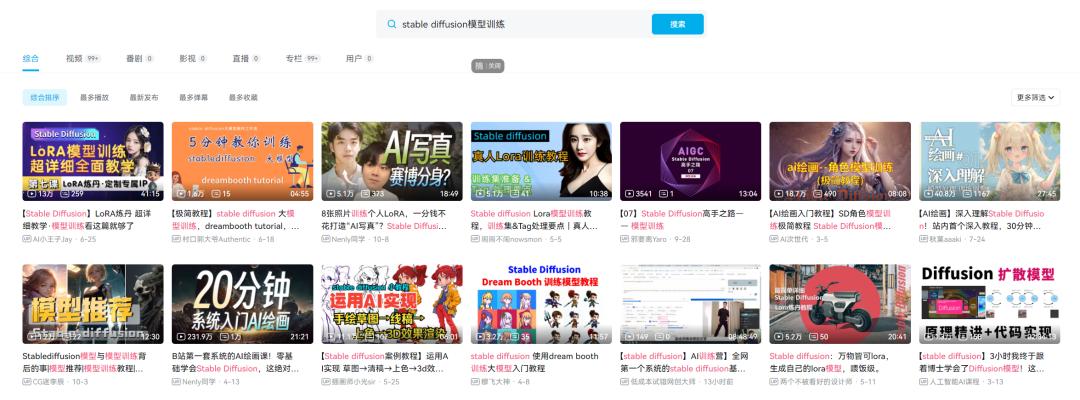
Don't think learning from Bilibili is abstract. Many investors who talk about AI all the time also learned AI on Bilibili, jokingly referring to themselves as 'students of certain UP masters'.
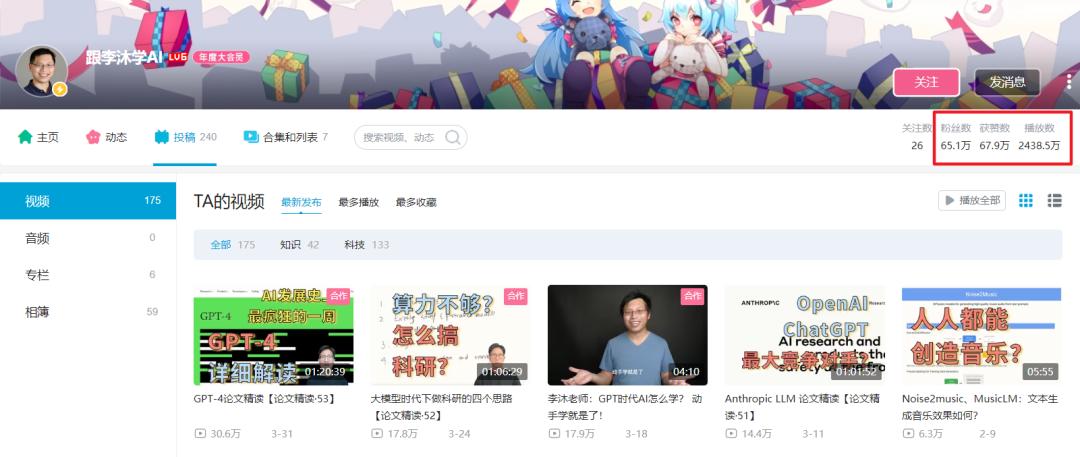
According to an interview by @小饭桌, many investors learned from @跟李沐学 AI.
Even if it's just a result cobbled together by a makeshift team in three months, Yang Zewei is incredibly confident. The more AI products he sees, the more he feels "none of them are as impressive as mine."
He even thinks: "Many big companies don’t even know what they’re doing."
According to him, the vast majority of AI painting websites are still focused on generating images of beautiful girls. Other AI products are mostly used for "fun" or simply copying others.
He believes his product is highly practical for designers, and a teacher from a well-known design company once stated that his product contains design thinking and clearly reflects a designer's touch.
This spark of recognition made Yang Zewei feel he was on the verge of overnight success.
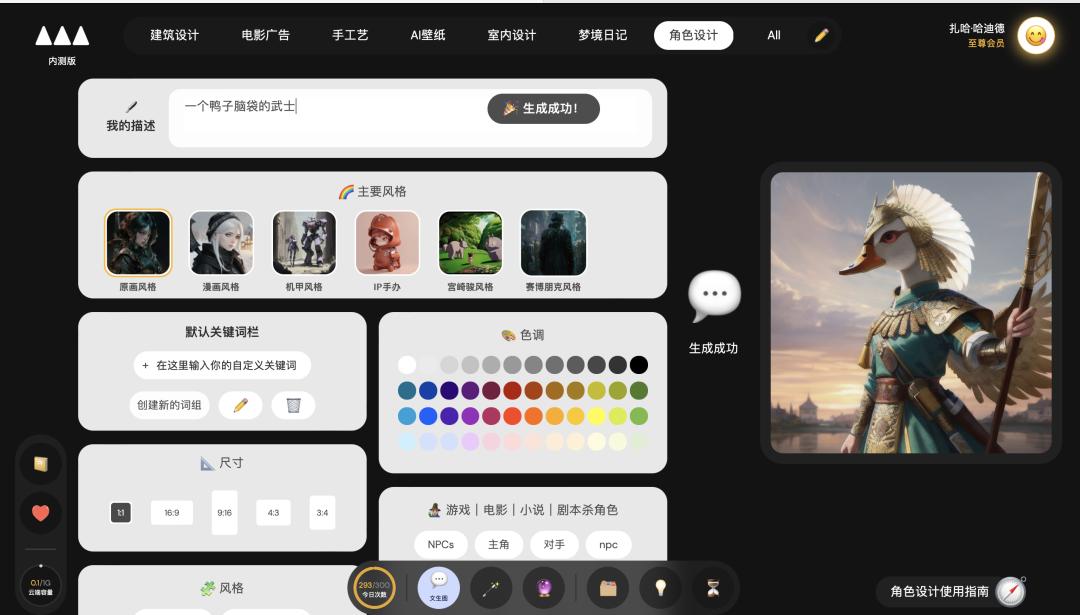
Then, reality immediately gave him a solid slap in the face.
It turns out that making the product is actually the easiest part of the entire chain. As the old saying goes: "In the AI boom, the only ones making money are those selling computing power and those selling courses."
He thought adopting a membership payment model, charging based on model usage, would balance the books. However, the profitability issue is precisely AI's Achilles' heel.
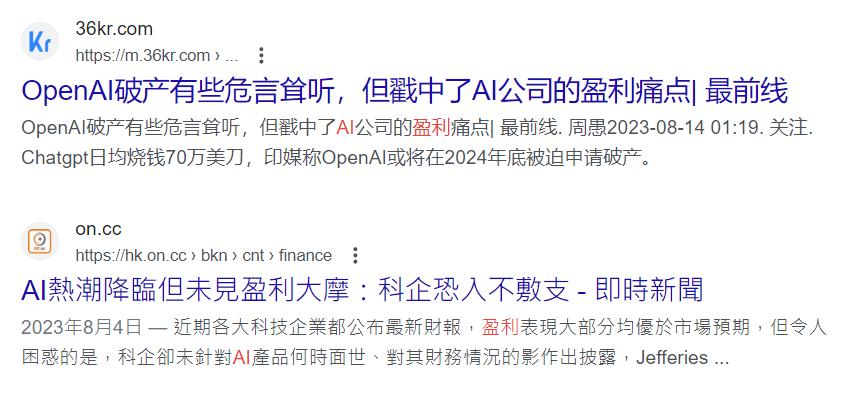
The consumer market (C-end) has shown little interest in these AI tools. After being online for so long, Yang Zewei has only attracted about a thousand users, with only five or six paying customers.
After doing the math, the team realized that just the rent and GPU rental costs alone amount to over 10,000 yuan per month.
Six months into the project, they've already burned through more than 200,000 yuan. However, total profits amount to only a few hundred yuan.
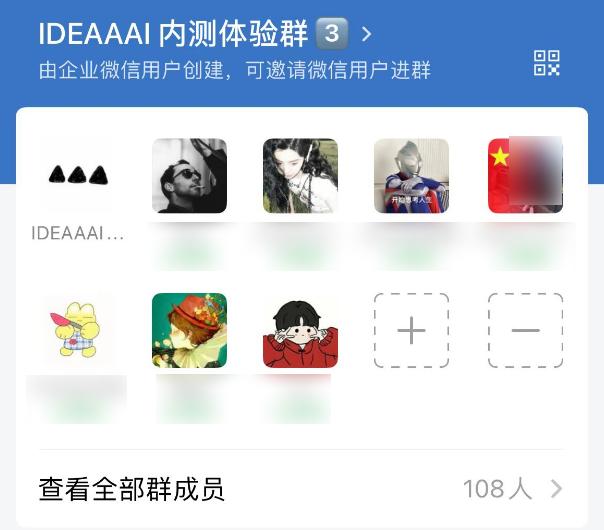
Later, they realized what kind of products can truly attract C-end users.
In July, a software called Miaoya Camera surged to the top of the app charts. It was likely the first breakout AI application in China to achieve widespread popularity.
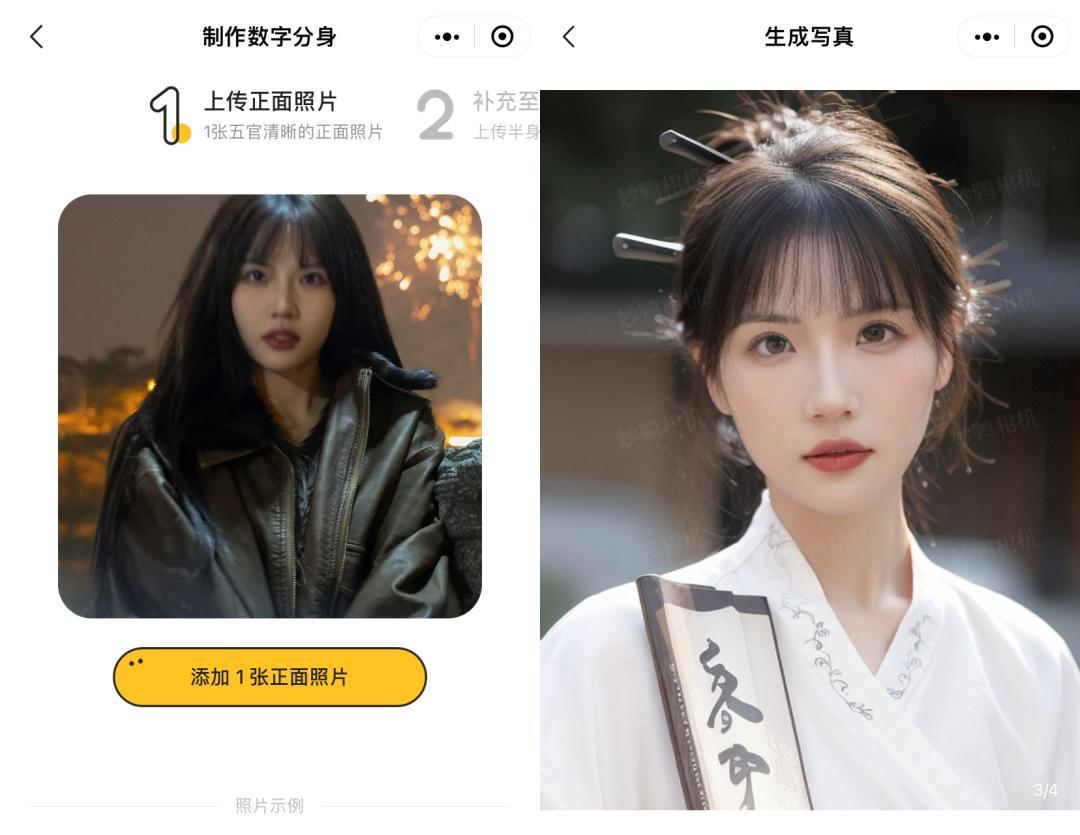
Only AI toys like Miaoya can attract people. Moreover, it requires significant investment in marketing and buying traffic to potentially break through the noise.
Even Miaoya, despite its breakout success, has not disclosed its profitability, and its popularity was fleeting.
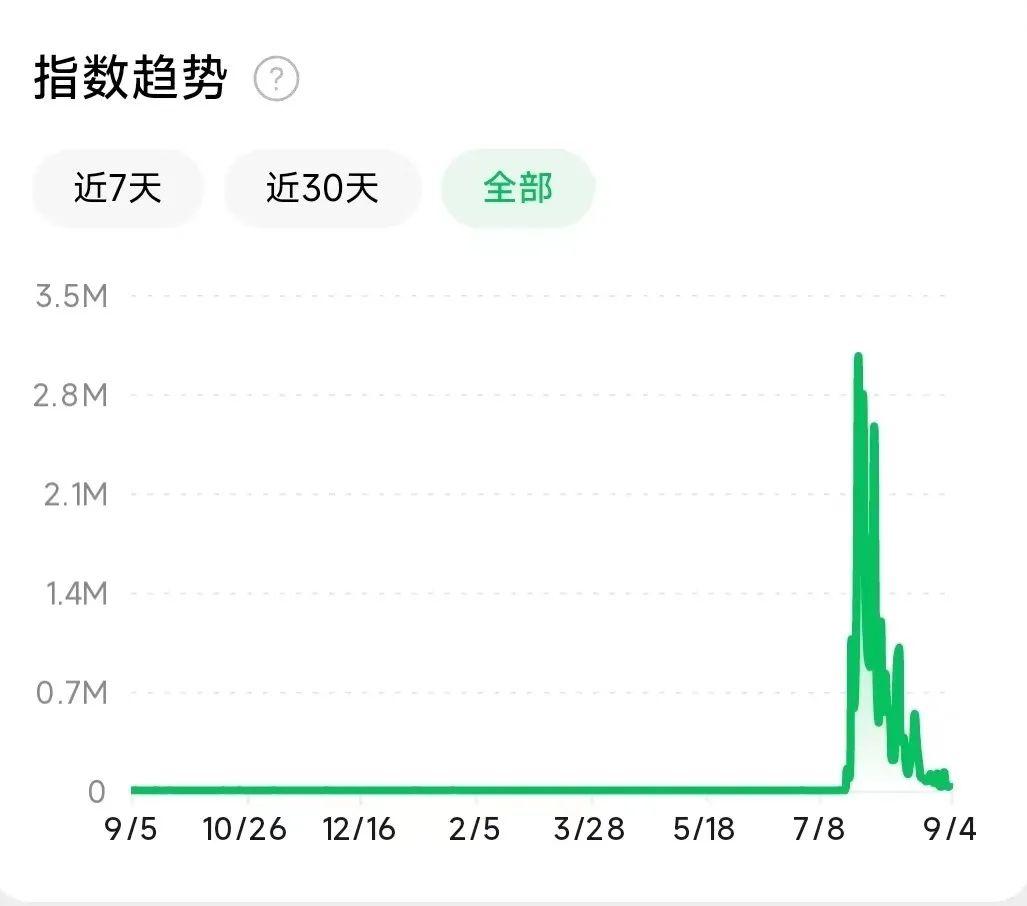
Even popular AI products face such challenges, let alone these lesser-known ones with no traction. Many AI startups valued at hundreds of millions of dollars have almost zero revenue.
A teacher who previously worked on design tools clearly told them:
"People would rather spend tens of thousands on dining than a few thousand on your tool."
This is not an isolated case - it's happening both domestically and internationally. A foreign AI art company shut down just four months after its establishment. Before closing, the founder lamented: This thing simply can't make money.
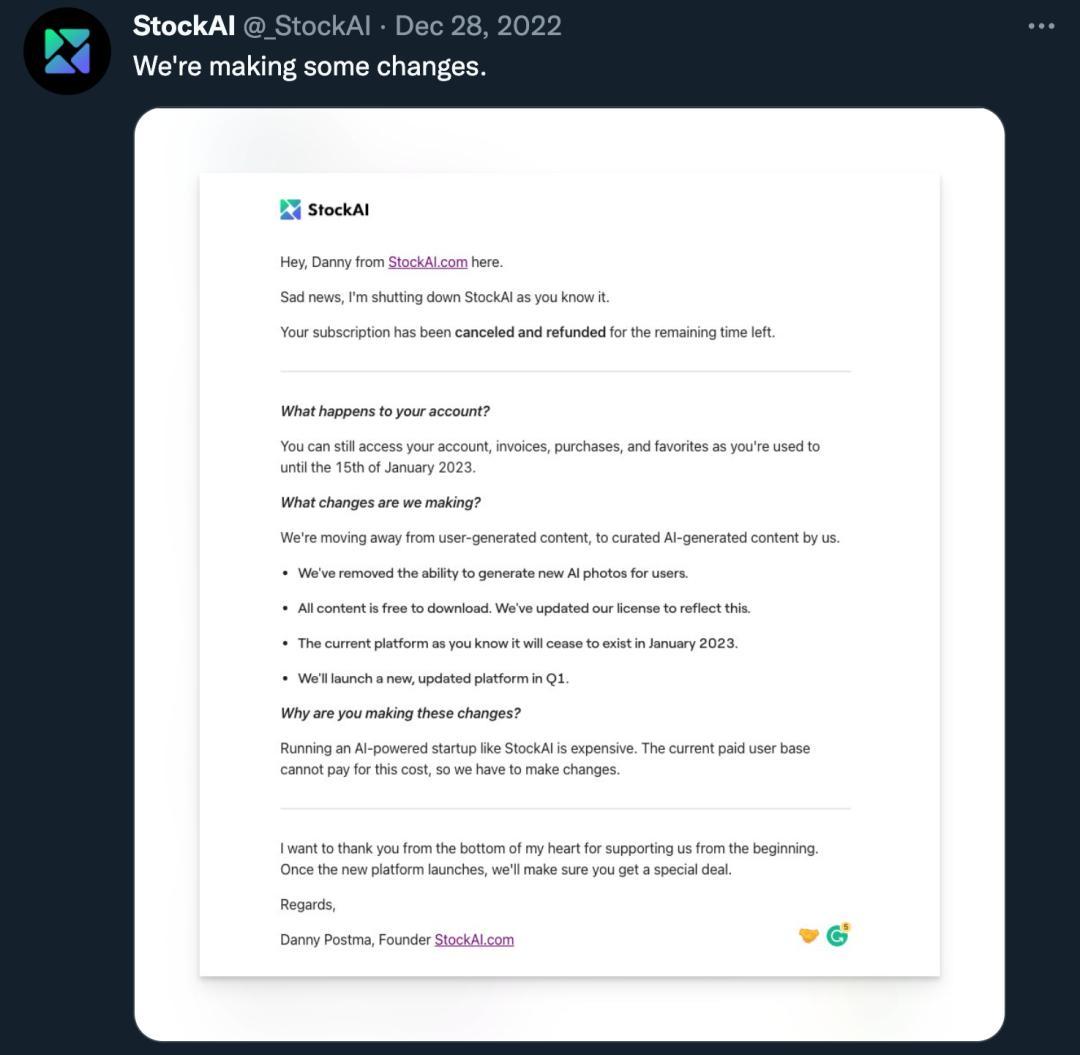
While the consumer market is cooling off, the investment market and B2B sector aren't faring much better.
They discovered that most people are just looking to ride the trend wave. AI has become a brand new gimmick - any industry that can claim some connection to AI suddenly becomes more marketable.
For instance, a training institution that claimed to empower education with AI once approached them.
However, after discussions, it turned out they merely wanted to use their AI painting software to sell more art courses.
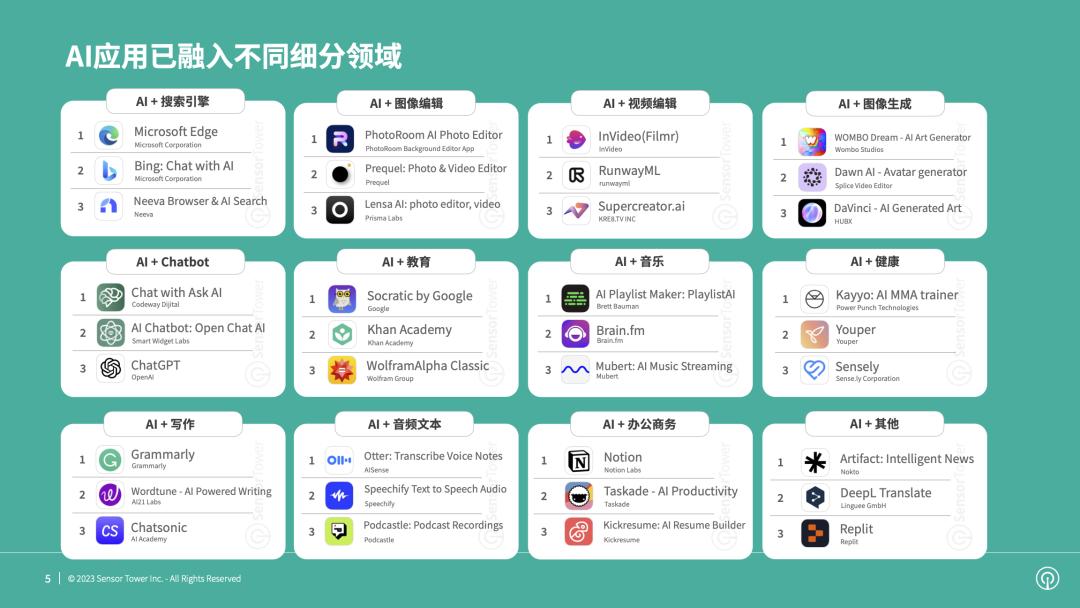
Moreover, due to the abundance of similar products in the market.
For small teams with weak competitiveness, most companies just want to get something for nothing, or exploit products without paying.
For example, the aforementioned educational institutions were only willing to offer a flimsy reward: "We’ll help promote you among students."
Yang Zewei not only earned nothing but also had to invest manpower and computing resources.
Even when willing to pay, enterprises drive prices extremely low. Essentially, they lose money with every image generated.

Yang Zewei has considered seeking investment, and many investors have approached him, but none have actually invested.
Because AI consumes money too aggressively, most investors follow the principle: Watch more, invest less. After all, AI projects are everywhere - diligent investors can review 10 AIGC projects weekly.
Many people even use investment as a pretext to hastily learn about AI from entrepreneurs.
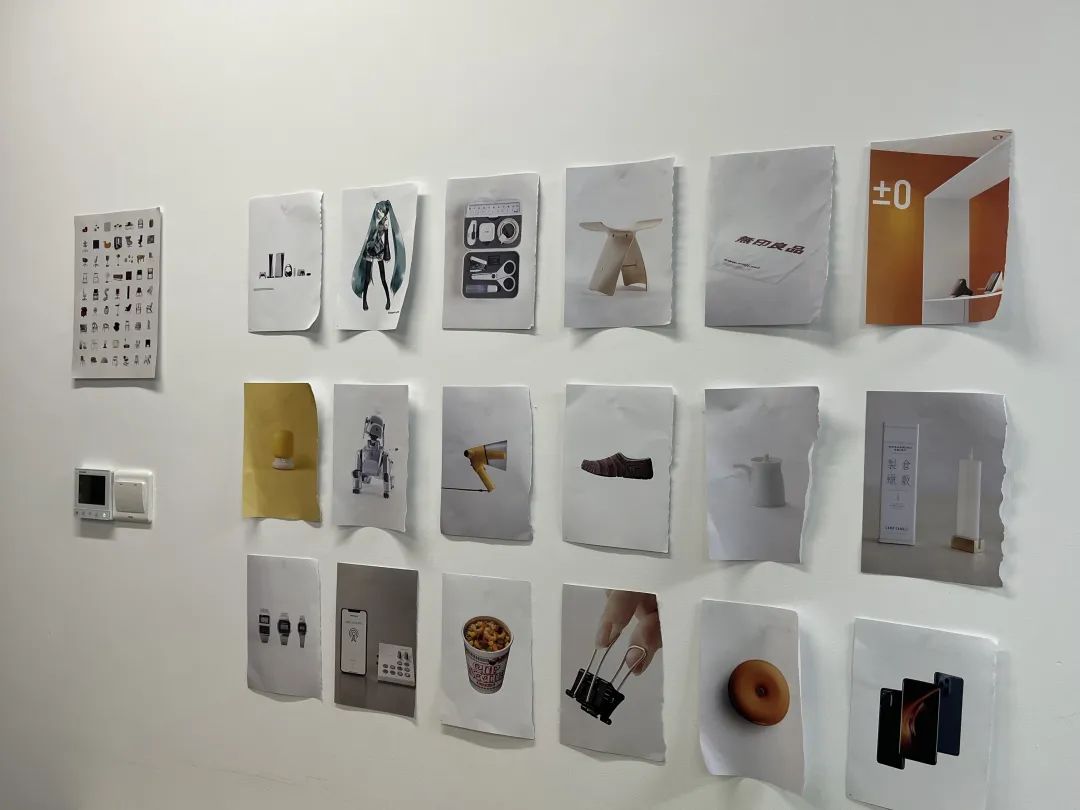
What Yang Zewei finds most jarring is the stark contrast between the current reality of unprofitability and the other side - the whirlwind of AI entrepreneurial conferences.
Statements like "AI is the future" and "Large models will trigger an industrial revolution" continue to proliferate wildly.
The entrepreneurs present are full of confidence, believing they have seized the benefits of the current trend.
However, Yang Zewei's partner, Ke Da'e, finds these claims empty. "After spending time with these people, you realize they tend to speak in half-truths," he said.
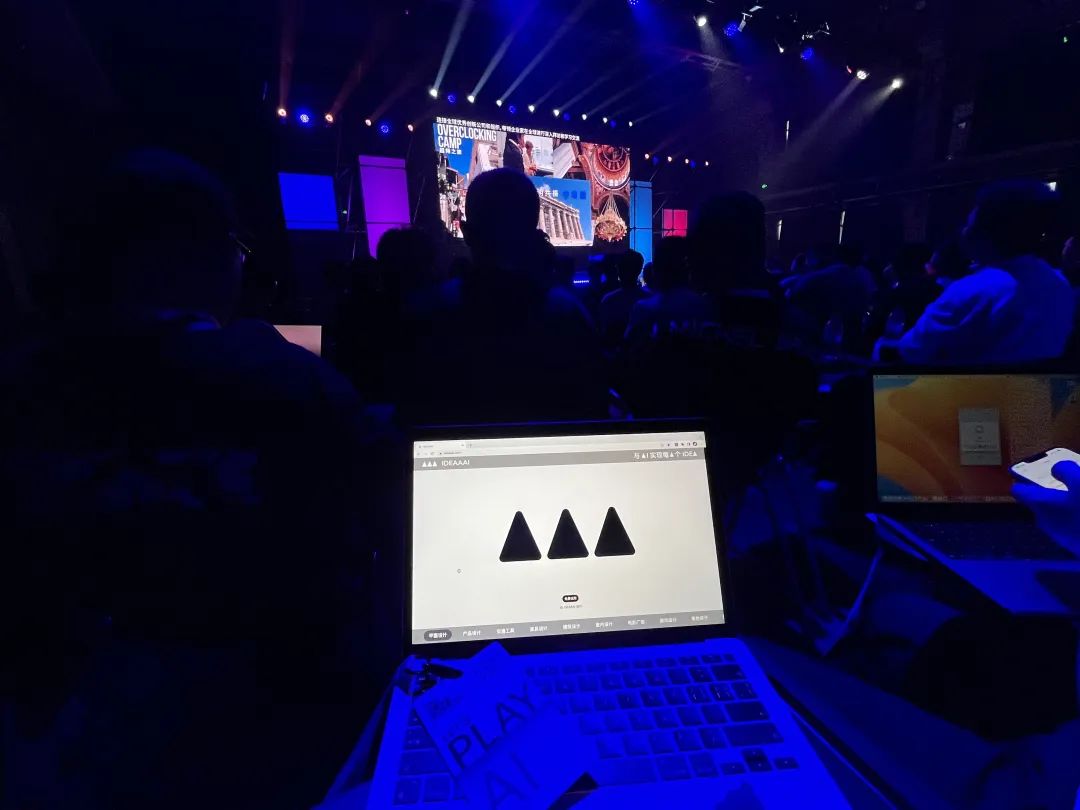
In her view, for many who have jumped on the bandwagon, AI's greatest significance is merely adding a layer of gilding to their image.
Take her as an example—now that she's found an AI-related job, her salary has tripled compared to before, and she has more career options to choose from.
A McKinsey report predicts that by 2030, China will face a shortage of 4 million top AI talents.
In the current job market, many AI job seekers lack a deep understanding of AI. With her relevant operational experience, she is already considered a semi-sought-after expert.
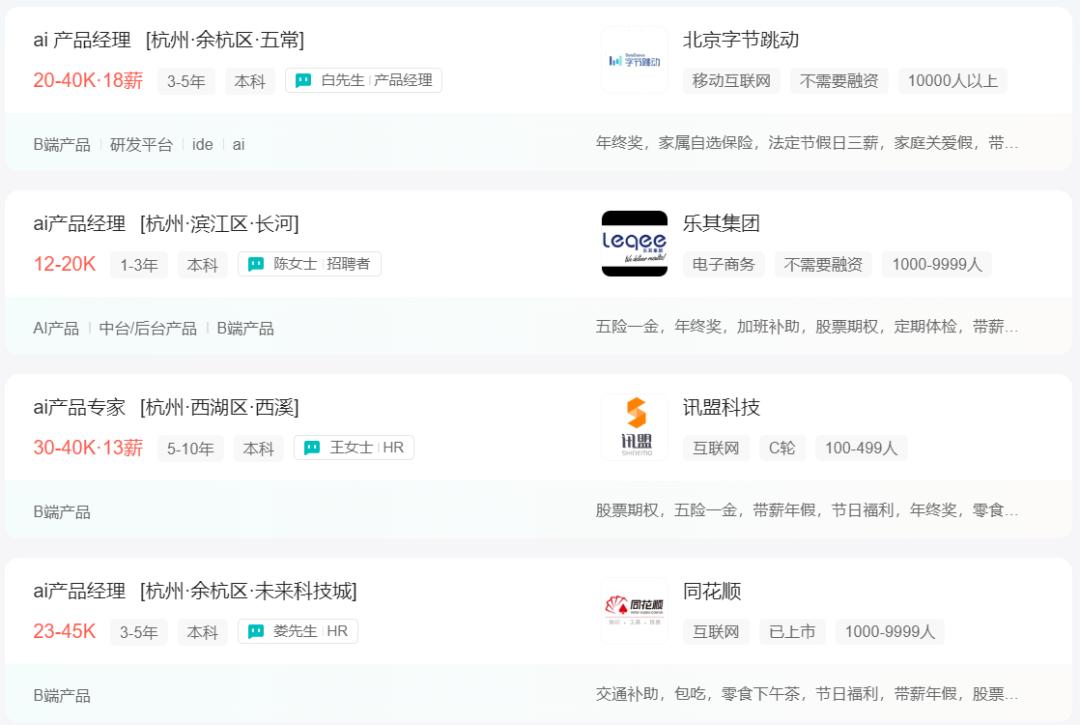
From this perspective, AI is indeed her future.
But how long will this future last? The next downturn for AI startups might be just around the corner.
The tides of time are relentless, filled with those afraid of being left behind and those eager to strike gold.
Some see their fortunes vanish overnight, while others seize the moment to make a killing.
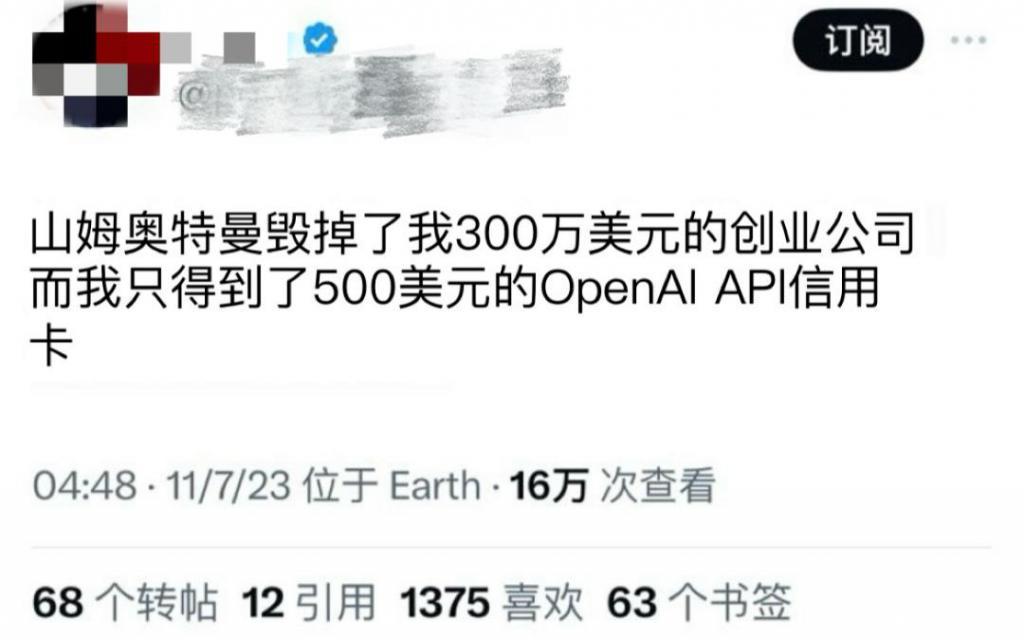
No matter how the AI 2.0 era ultimately concludes, Yang Zewei's project was unsurprisingly suspended.
From initiation to shutdown, it took only six months.
He repeatedly emphasized to me that the suspension is only temporary. Once funding is secured, the project will be restarted.
Even so, Yang Zewei remains firmly convinced of AI's future potential. He believes that both he and his product simply arrived at the wrong time and in the wrong environment.
Even now, this project is reduced to just a company sign hanging in his kitchen. Squeezed among the condiment bottles, it looks somewhat out of place.
